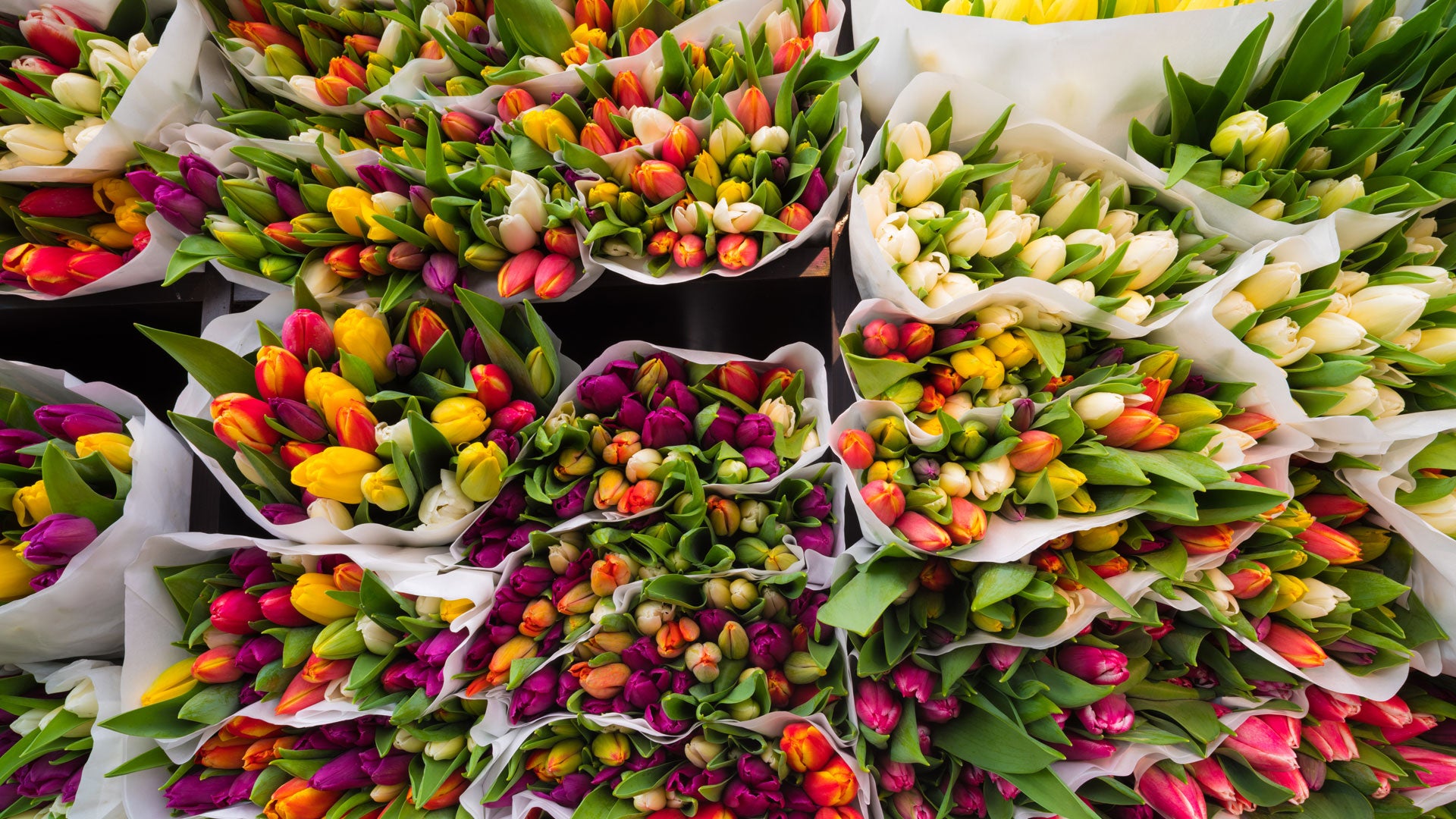Dutch Clock Auctions
For more than a century, the Dutch flower trade has used a unique system of bidding.
In Holland, flower traders buy and sell their goods at auction, but it works very differently from what you might expect. The Dutch system runs contrary to other common auction practices, by opening with the seller requesting a high price. The auctioneer proceeds to drop the price in rapid intervals until a buyer jumps in with a bid. The auction stops there with the very first bidder taking the lot. There’s no such thing as a counterbid. The Dutch flower trade adopted this system in 1899 and digital versions are still in use today.
The process descends directly from the methods used to price flower bulbs in the wake of Tulipmania. It is now used for many other products besides tulips, from vegetables and cut flowers to expensive cars. In most cases, the system works to the advantage of sellers. Buyers weigh the choice between bidding their maximum price or risking loss by waiting in hopes of saving money.
In the olden days, buyers gathered on stadium-style benches in a vast hall, bidding with hand signals. Prices were tracked on a large clock with a sweeping hand that reflected diminishing bids.
Gradually, Dutch auctions have shifted to an elaborate electronic system with a virtual clock that most buyers watch on computer screens. Some participants still inspect wares in person and bid from terminals in the auction hall, but many people in the flower trade now buy and sell from remote locations spread across the globe. They may never hold a tulip bulb or flower in their hands.

